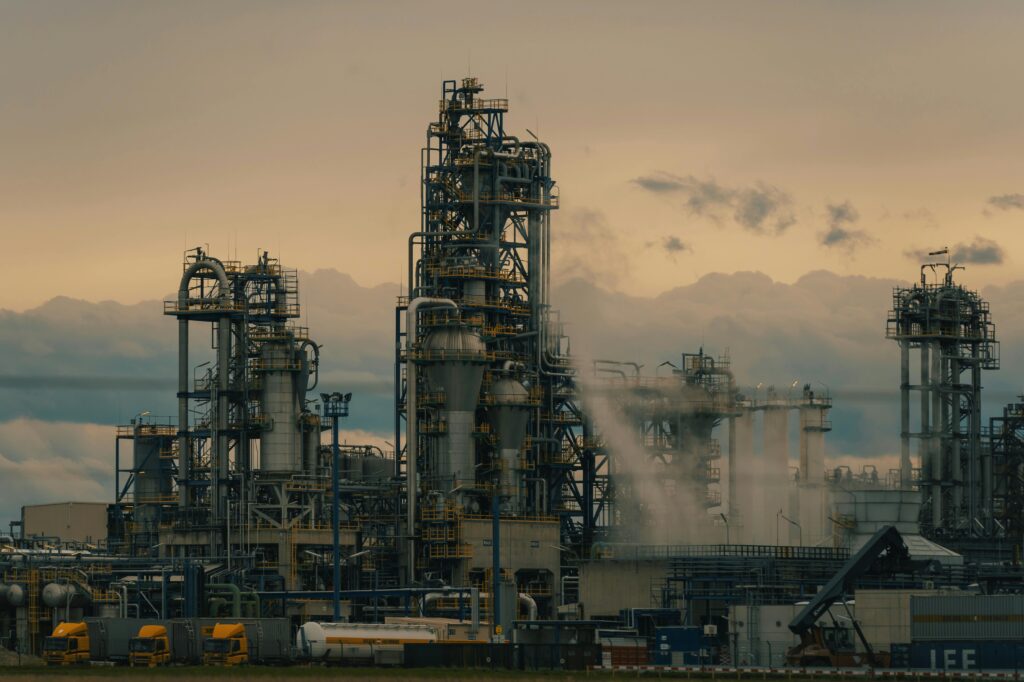For more information on this insurance product, click here.

Follow us on LinkedIn
Thailand’s downstream energy sector is in the middle of its biggest investment cycle in two decades. Thai Oil’s Clean Fuel Project is lifting Sriracha refinery capacity to 400,000 barrels per day and enabling Euro 5 diesel production by 2025. At the same time, PTT Global Chemical (PTTGC) plans to start sustainable aviation-fuel output at Map Ta Phut and scale an integrated biorefinery for bio-chemicals and bio-polymers. Storage operator Vopak is adding 160,000 m³ of ethane capacity at the same port to back future feedstock imports. These multi-billion-baht projects raise the stakes for owners, lenders, contractors, and offtakers alike.
Complex Risk Landscape
Energy assets concentrate high-value property, flammable feedstocks, and critical control systems on a single footprint. Common loss drivers include:
- Fire and explosion in catalytic crackers, hydrogen plants, or LNG tanks.
- Equipment failure in high-pressure pumps, heat exchangers, or rotating machinery.
- Natural hazards such as lightning and monsoon flooding that can breach bund walls.
- Supply-chain disruption when a delayed compressor or cracked reactor drum stalls commissioning.
- Regulatory pressure for tighter emissions and occupational-health standards.
With project values often exceeding USD 5 billion, even a short outage can eliminate annual profit and trigger covenant breaches.
Our energy engineers audit maintenance records, vibration data, and corrosion-loop diagrams to set credible probable maximum loss (PML) figures. Scenario models—such as a fire in the crude distillation unit or a lightning-induced tank farm explosion—guide deductible choice and limit adequacy.
Added Value for Stakeholders
- Financiers receive lender-loss-payee and mortgagee clauses that sit senior to contractor interests.
- Contractors benefit from joint-named endorsements, avoiding coverage gaps during handover.
- Operators gain access to global claims advocates who coordinate forensic accountants, OEM engineers, and regulators for rapid reinstatement.
Keeping Pace With Regulation and Capacity Growth
Euro 5 fuel standards and national net-zero targets are driving continuous debottlenecking and unit revamps. Our annual stewardship reviews align sums insured with capacity creep, new feedstock lines, and inflation in replacement-asset pricing. We also monitor market capacity—Fitch warns petrochemical spreads will remain tight through 2025—to negotiate the most competitive terms.
Well-structured Energy and Petrochemical Insurance Thailand programs not only safeguard balance sheets but also enhance project bankability. As expansion accelerates from Rayong to Chonburi, partnering with Lockton Wattana ensures every pipe rack, pump seal, and processing unit is backed by world-class risk transfer.
